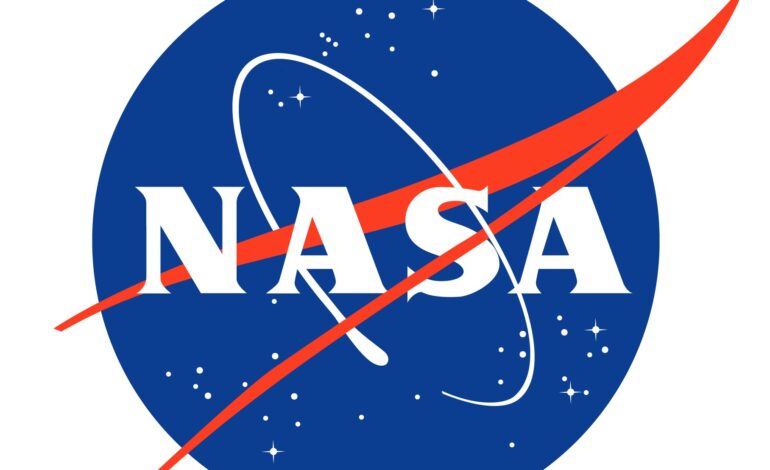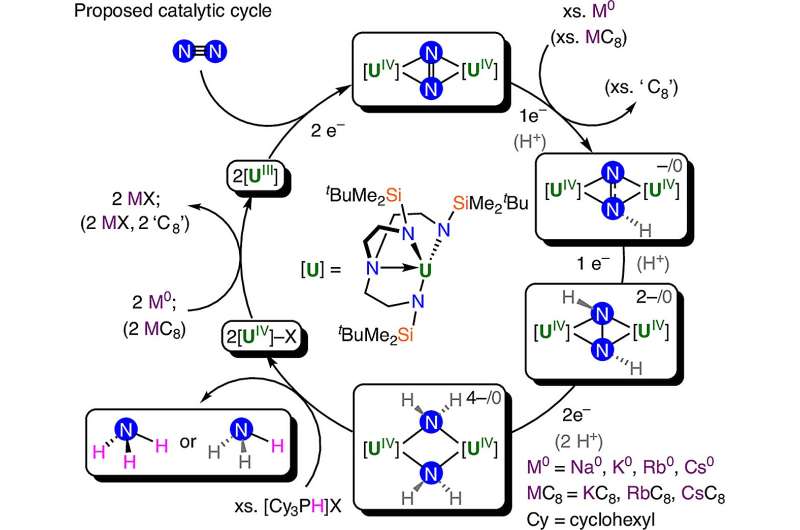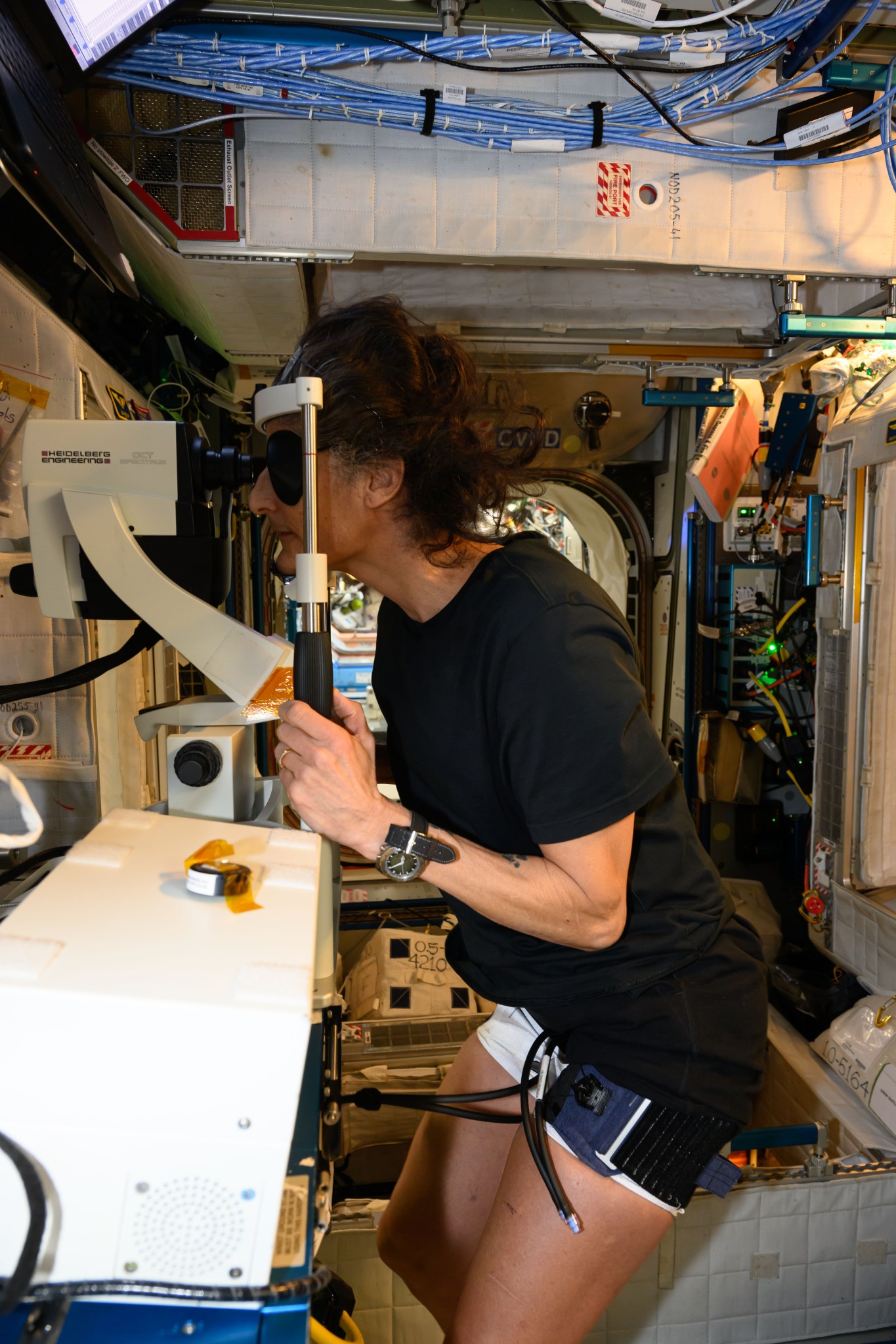NASA Launches Tests of Americium-Based Nuclear Power for Space

NASA has embarked on a significant project to test americium-based nuclear power systems intended for deep space missions. Collaborating with the U.S. Department of Energy, the initiative aims to develop a sustainable power source for future explorations, including the ambitious Artemis missions, which seek to establish a human presence on the Moon and beyond.
The initial testing phase took place at the Kennedy Space Center in Florida, where researchers evaluated how americium, a radioactive element, can be harnessed to generate electricity in environments far from the Sun. This power source is particularly crucial for missions that require long-term energy solutions, supporting both crewed and uncrewed spacecraft.
Advantages of Americium in Space Exploration
Americium offers several advantages over traditional power sources. Unlike solar panels, which depend on sunlight, americium-based systems can provide continuous power regardless of the spacecraft’s location. This characteristic is vital for deep space missions where solar energy is not readily available. Additionally, the compact nature of americium allows for more efficient use of space within a spacecraft.
The project aligns with NASA’s goal of advancing technologies that can sustain human life in extreme environments. According to NASA’s Chief Engineer, Jim Free, “Nuclear power is a key component in our strategy to enable long-duration missions to the Moon and Mars. By testing americium, we’re exploring a reliable and efficient energy source that can support our future endeavors.”
Future Testing and Implementation Plans
The current tests are just the beginning. Following this phase, NASA and the Department of Energy plan to conduct further evaluations, including simulations of the power system’s performance under various space conditions. The goal is to refine the technology for potential deployment on upcoming missions.
If successful, americium-based nuclear power could revolutionize how space agencies approach long-duration missions. The Artemis program, which aims to return humans to the Moon by 2024, could benefit significantly from this technology, enhancing mission sustainability and safety.
The development of americium-based power systems represents a forward-thinking approach to space exploration. As NASA continues its research, the potential for utilizing such innovative energy solutions will likely play a crucial role in humanity’s quest to explore deeper into the cosmos.






